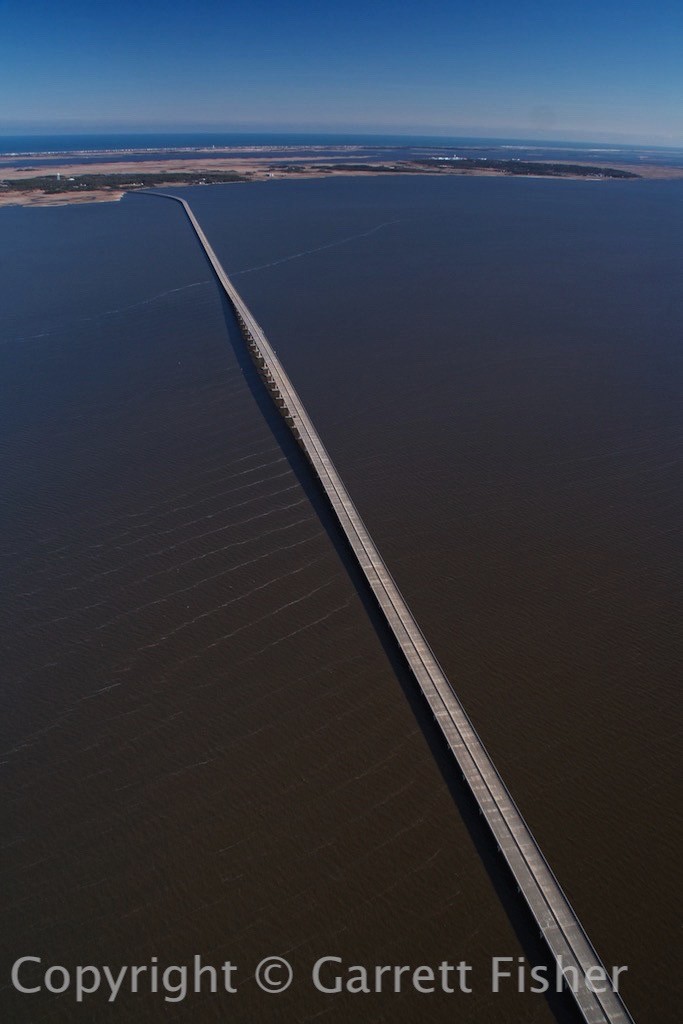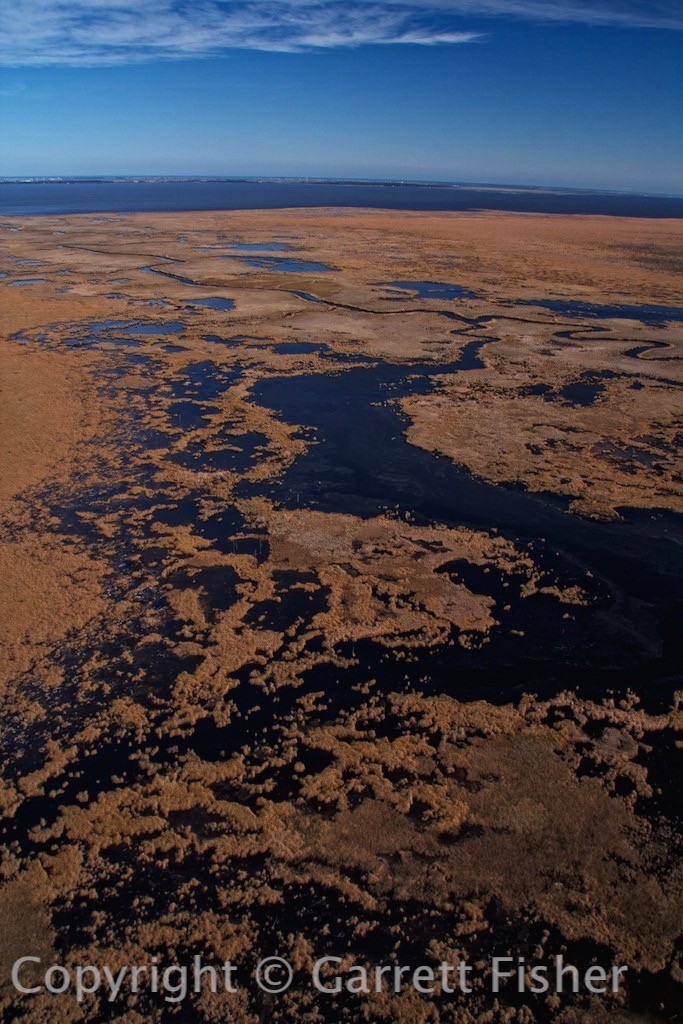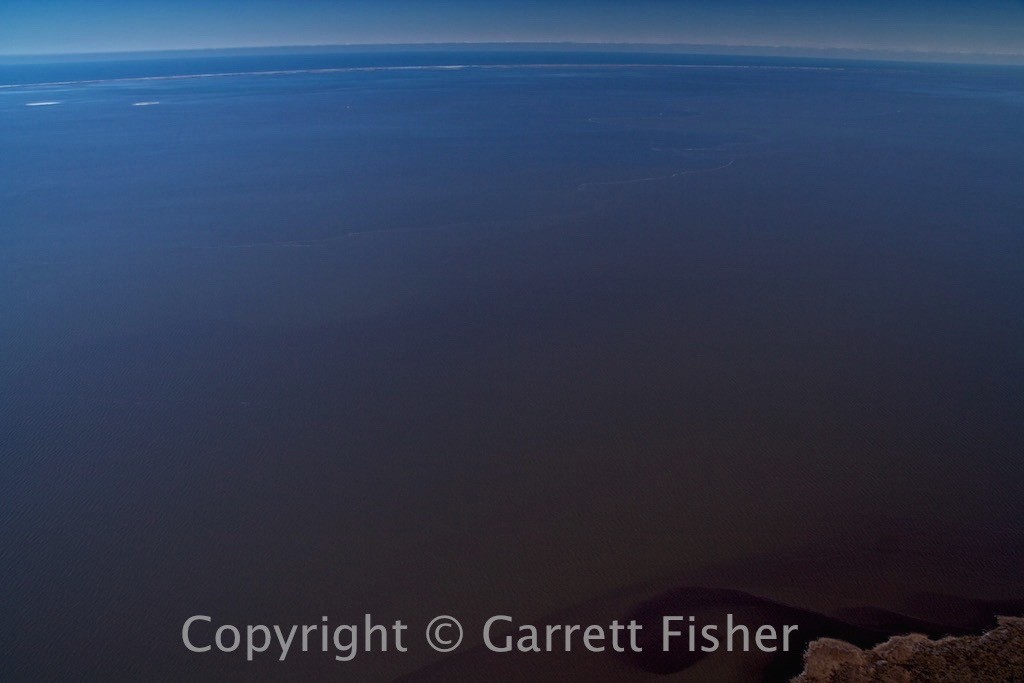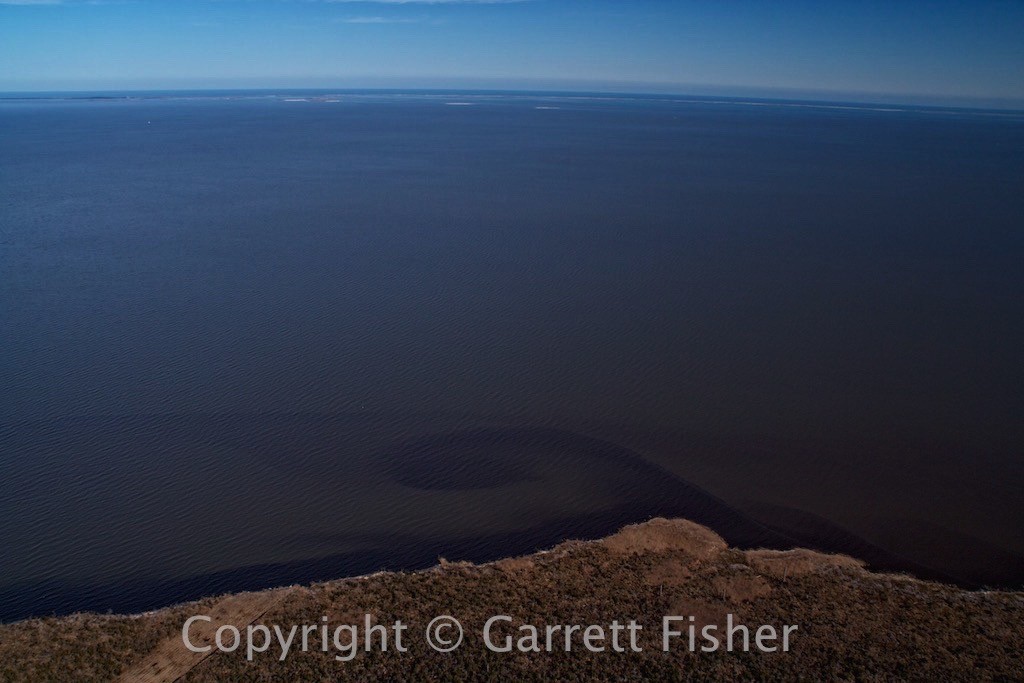When I first concocted this wonderful idea to spend the winter at the Outer Banks, a purely southern friend of mine was in disbelief: “Winter in the Outer Banks? That’s cold!” As usual, I was convinced that I was correct, and that he was wrong. Six snowfalls later, and I must admit, it was insanely cold this year, and this is coming from someone who spent a year at 10,000’ elevation in Colorado.
The houses here are not built for such cold air. Gaps in windows and doors expand during the cold, so the houses become extremely drafty. Further, heating comes from heat pumps, which is basically A/C in reverse. When it is 10 degrees outside, there isn’t much heat to grab from the outside and bring inside.
The beach becomes a torn up mess. Remember, the road is the beach for 8 miles. During Nor’easters, sometimes there is no beach. Other times, it is a war zone, with boards, piles of sand, ledges, walls, and all sorts of hazards. Chunks of ice made it even more uncanny. There were opportunities to drive in both blowing snow and blowing sand!
The concept that the snow melts the next day in the South was not true this year. We had a snowpack for a solid week from one storm, with ice everywhere and no place to walk without falling on one’s rear end. Forget snow shovels, road salt, plows, or sidewalks; none of these things exist. The snowmelt accumulates in giant ponds all over the road, and then freezes.
While it was challenging for the month of February, it was beautiful in some respects. The horses went on like normal, ignoring the snow and hiding out when it was insanely cold, and it was fun to watch them during some of the snow storms. Saltwater froze onto the horse fences (salt water freezes at 28 F), and the mostly fresh Currituck Sound did some interesting things at the shoreline. Much like my youth in upstate NY, the winter is a real pain; however, it has hidden beauty just about everywhere.
If you’re wondering where the flying images are, the cold air was quite hazy, so there was little to fly around and take pictures of. March will be quite active, so there will be plenty to look at.
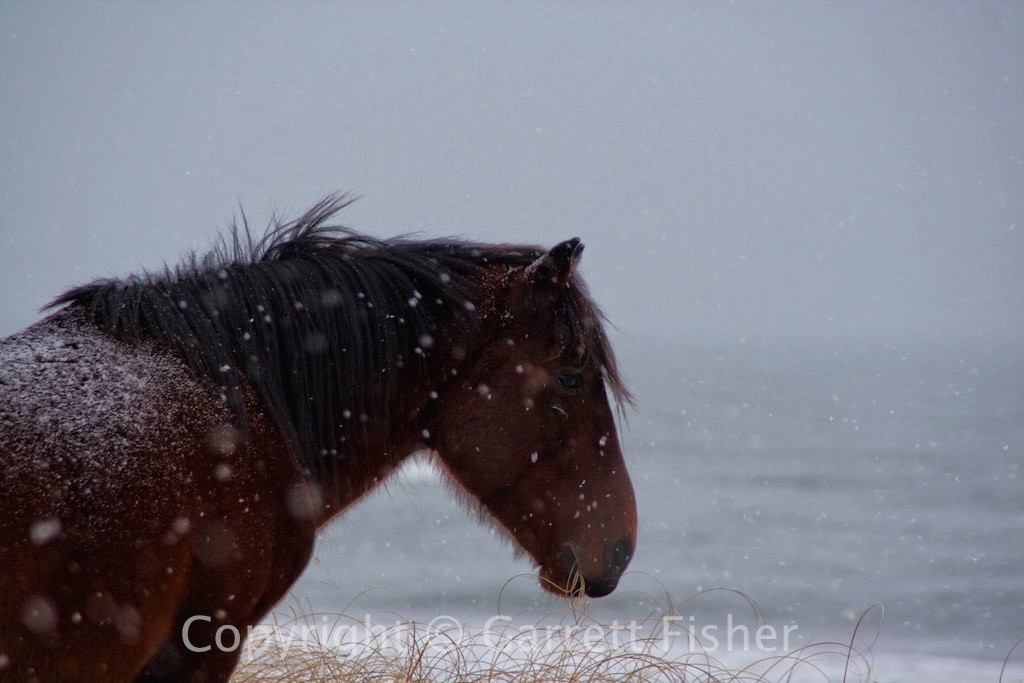
Horse during snow storm
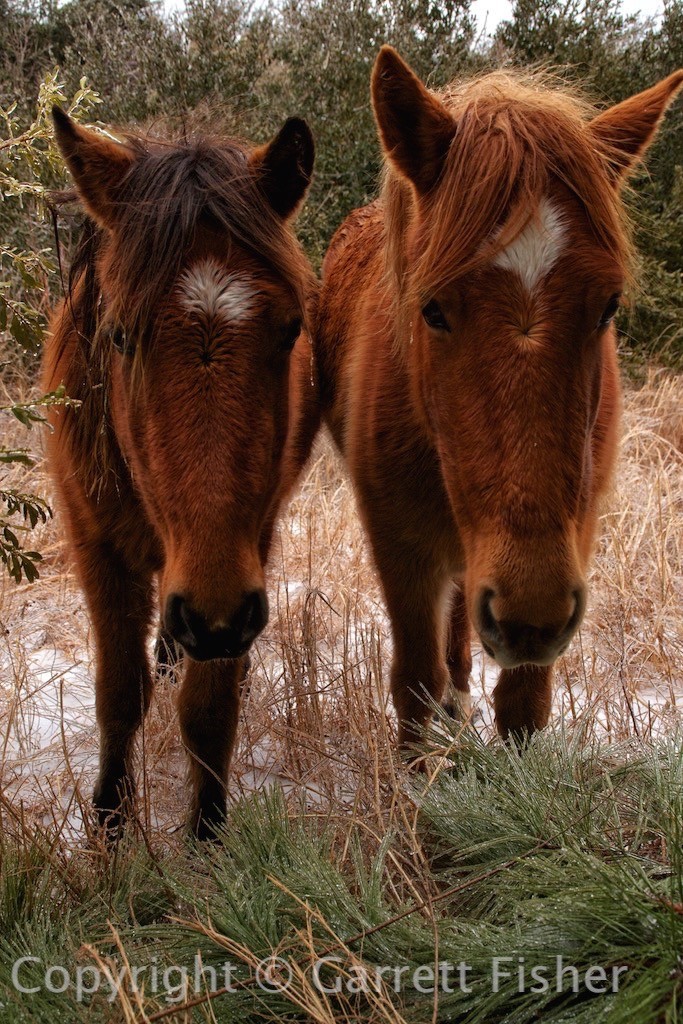
Horses after ice storm, wishing I would provide them food.

Snowy sand dune, 5 days after snow fall.

Horses eating during fourth or fifth snow storm.
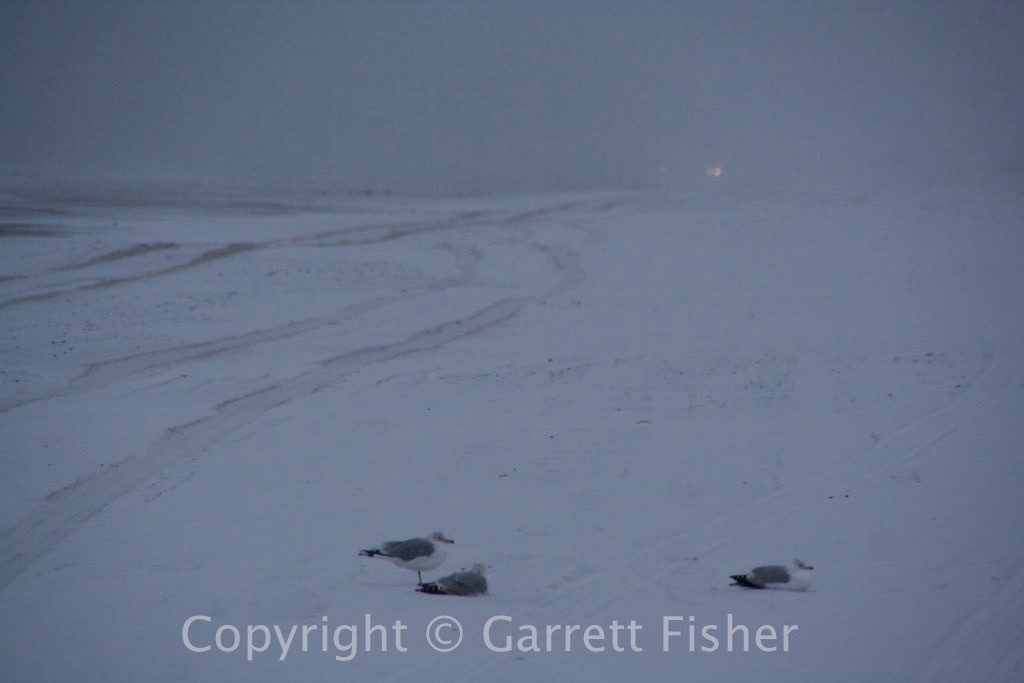
Seagulls sitting on the beach, before snowstorm. 18 degrees out.
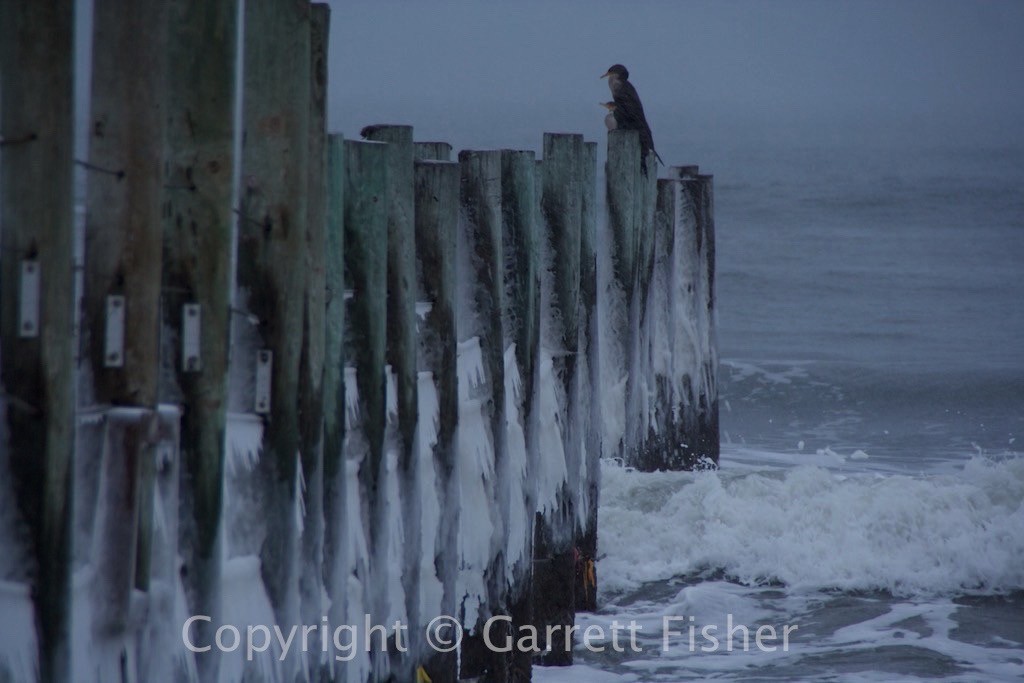
Horse Fence at NC/VA State line, with ice.
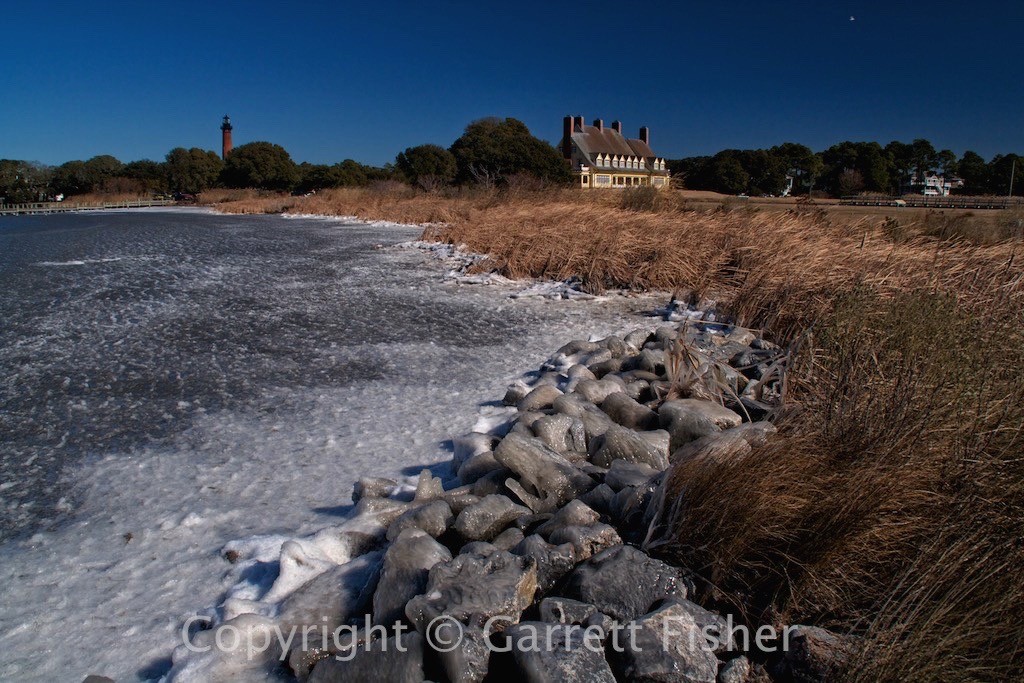
Whale head Club with frozen shore of Currituck Sound.


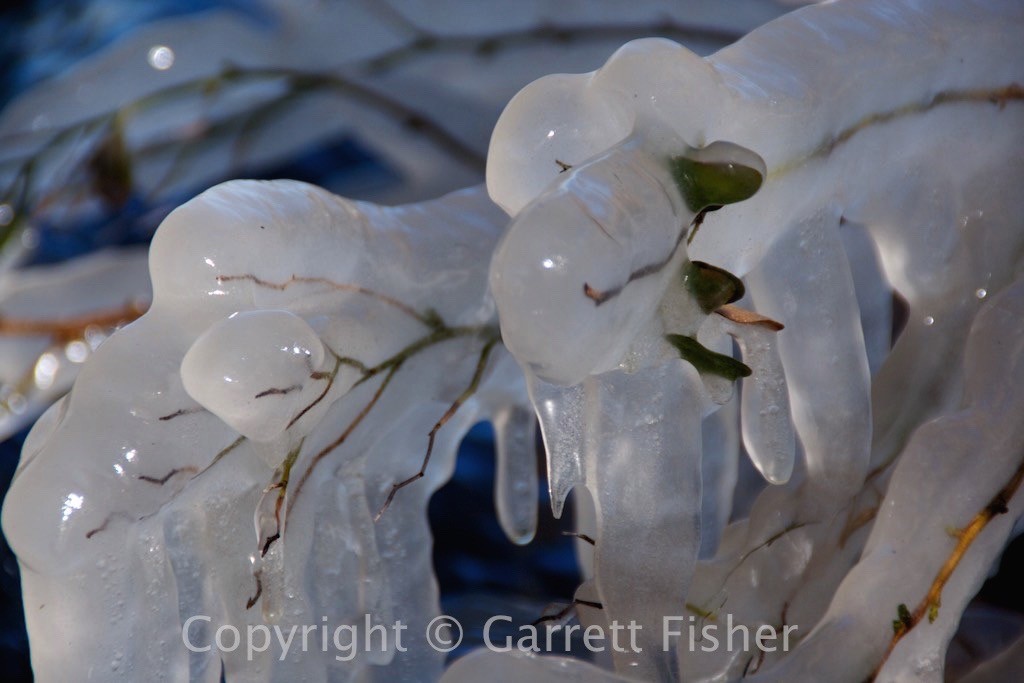
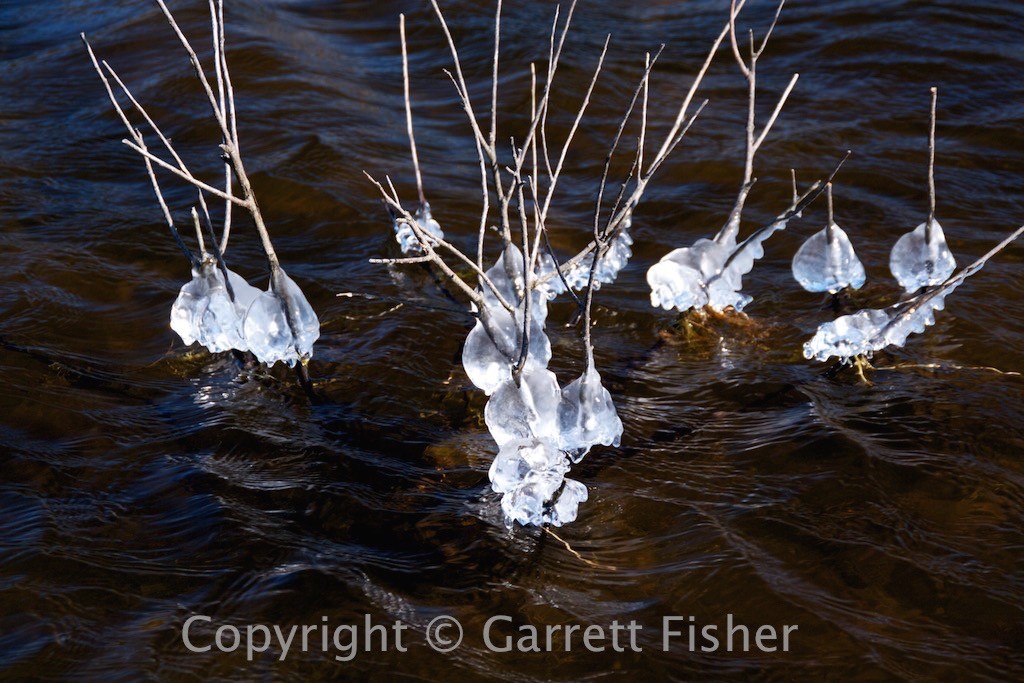
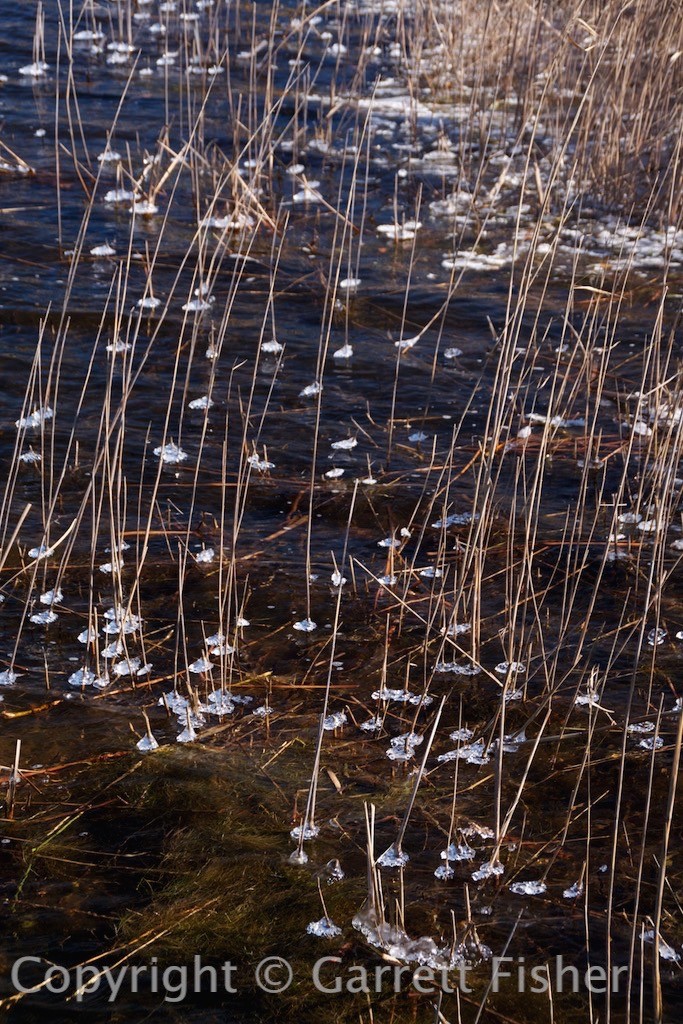
Ice features on Currituck Sound shore and in ponds at Whalehead Club.

Whalehead Club during snow.
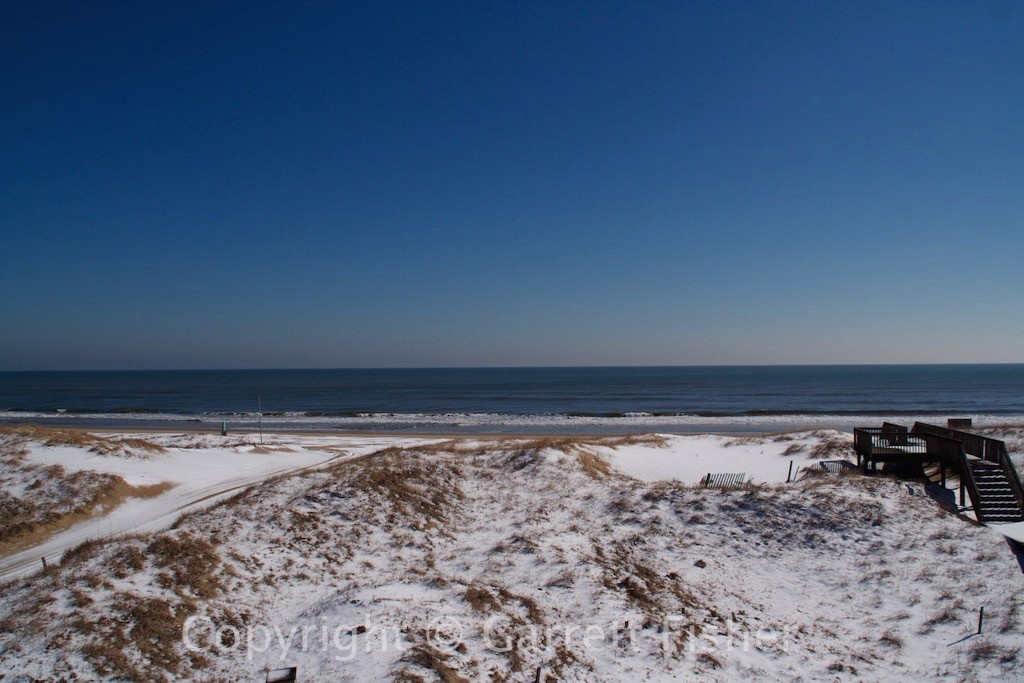
View from the house. That is not white sand.

